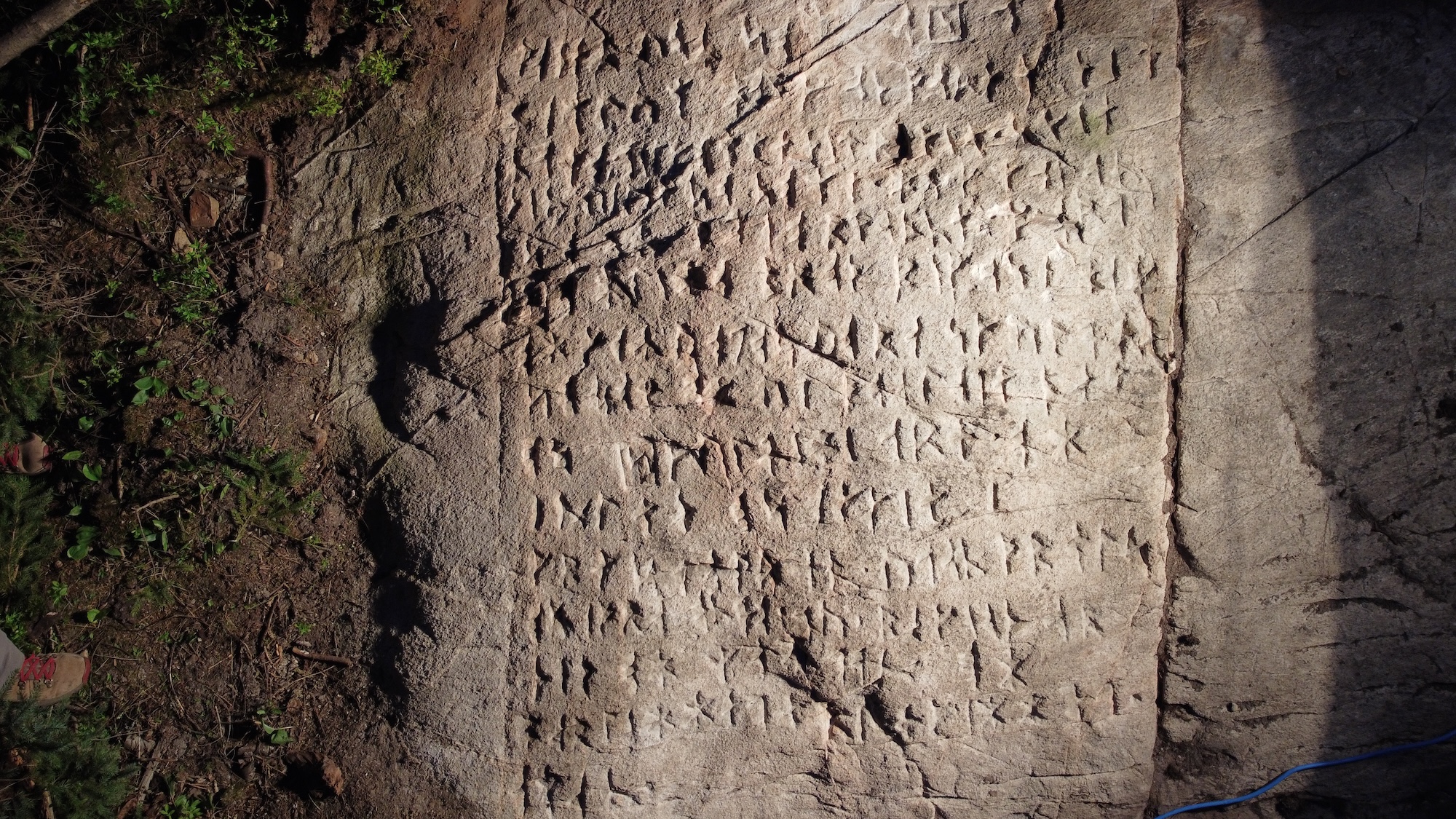Now Reading: Ancient Runes Discovered in Canadian Wilderness Puzzle Experts
-
01
Ancient Runes Discovered in Canadian Wilderness Puzzle Experts
Ancient Runes Discovered in Canadian Wilderness Puzzle Experts

Rapid Summary
- Revelation: A massive stone slab inscribed with over 250 Futhark runes and the Lord’s Prayer in the oldest known runic alphabet was discovered in the Canadian wilderness near Wawa, Ontario.
- Historical Context: The inscription may be tied to Swedish workers from Hudson’s Bay Company who lived in canada during the 19th century. This theory stems from historical records of republished Swedish Futhark scripts around that time.
- Archaeological Analysis: Experts like Ryan Primrose (Ontario Center for Archaeological Education) and Henrik Williams (Uppsala University) analyzed the site. Their findings suggest it took significant effort to carve and preserve the mysterious text on solid bedrock.
- Public Heritage Site Plans: Conservationists are collaborating with landowners to transform this site into a public heritage site protected against natural elements.
Images:
- !Nordic runes etched into stone slab illuminated by flashlight
- !Two men working under floodlight
- !Expert analyzing carved stone
- !Stone slab seen during daylight
Indian Opinion Analysis
This archaeological discovery highlights how global histories interweave through serendipitous finds far from their origin points,reminding us of humanity’s vast interconnectedness across centuries. For India-renowned for its diverse linguistic heritage-it sparks interest in safeguarding ancient inscriptions domestically, like Ashokan edicts or Harappan seals that face similar challenges of erosion over time.
India can take lessons from this case about leveraging such finds for public engagement through heritage preservation efforts, as museums and protected sites boost not just knowledge but local economies via cultural tourism. While Sweden’s connection here is notable within Canada’s history, India’s comparative experience with ancient scripts offers broader scope concerning lost languages’ academic rediscovery or public intrigue-parallels likely transcending national boundaries globally.























